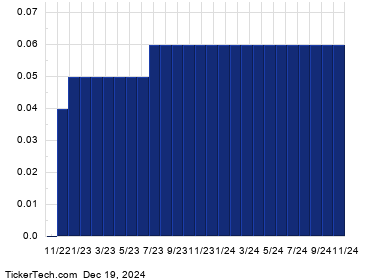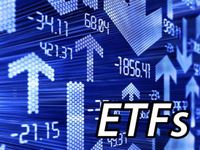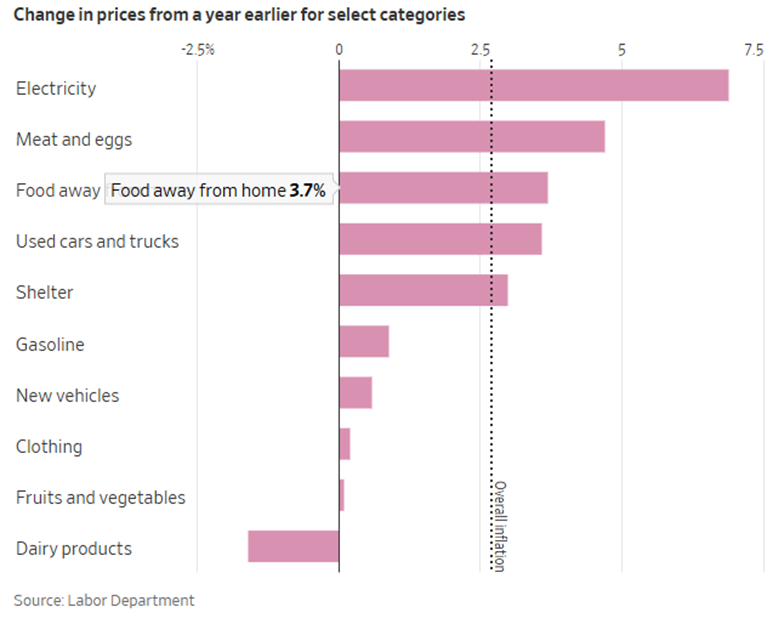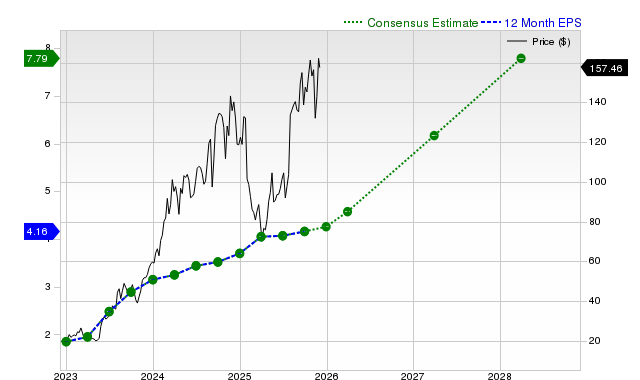S&P 500 Hits Longest Winning Streak Since 2004, Sparked by Economic Optimism
The S&P 500 has achieved its longest winning streak since November 2004, closing higher for multiple sessions. On Friday, U.S. stocks experienced a significant surge, propelled by a strong jobs report and promising developments in U.S.-China trade talks.
The S&P 500 climbed nearly 1.5%, exceeding its April 2 closing level—dubbed “Liberation Day” by President Trump, when extensive tariffs were announced. The Dow Jones Industrial Average rose by 1.4%, marking its ninth consecutive winning day. The tech-heavy Nasdaq Composite also saw an approximate 1.5% increase.
Weekly Market Overview: Positive Momentum Across Major Indexes
Friday’s rally concluded a robust week for U.S. equities. For the week, the Dow gained 3%, the S&P 500 rose nearly 3%, while the Nasdaq outperformed with a 3.4% increase. Investor optimism regarding Big Tech earnings and indications of progress in trade talks were significant contributors to this upward movement.
Stronger Job Market Exceeds Expectations
A robust U.S. jobs report bolstered markets. In April, nonfarm payrolls increased by 177,000, surpassing economists’ predictions of 138,000. The unemployment rate held steady at 4.2%, highlighting continued strength in the labor market despite recent volatility associated with tariff concerns.
Optimism Grows Over U.S.-China Trade Negotiations
Investor sentiment was further uplifted by news from Beijing. China’s commerce ministry expressed a willingness to negotiate, stating the “door is open” for dialogue if the U.S. agrees to reduce reciprocal tariffs. This announcement hints at a potential easing of trade tensions that have unsettled the markets since April.
Microsoft and Meta Stand Out Among Tech Giants
In the tech sector, Microsoft (MSFT) and Meta (META) distinguished themselves last week. Microsoft surged over 11%, achieving its best weekly performance since March 2023. Meta also reported its strongest week since February 2024. Meanwhile, Apple lagged, with a decline of over 2% following its quarterly results.
Apple and Amazon Address Tariff Challenges
Despite reporting strong earnings, some tech leaders faced tariff-related pressures. Apple (AAPL) announced a $900 million tariff impact this quarter, leading to a $10 billion cut in its share buyback program, which contributed to a dip in its stock. Amazon (AMZN), while showcasing solid earnings, provided cautious guidance, citing tariffs and trade policy as major concerns. Its shares closed the day relatively unchanged.
Top-Performing ETF Areas from Last Week
In this context, we highlight the leading exchange-traded fund (ETF) sectors of the past week.
Natural Gas – United States Natural Gas Fund LP (UNG) – Up 15%
U.S. natural gas prices surged last week due to decreased output and record LNG exports, bringing production to a two-month low.
Taiwan – iShares MSCI Taiwan ETF (EWT) – Up 9.7%
Asian markets performed positively following gains in U.S. and European markets. Signs of trade de-escalation positively affected the Taiwan market.
Cryptocurrency – First Trust SkyBridge Crypto Industry & Digital Economy ETF (CRPT) – Up 7.5%
Bitcoin rose 1.6% last week as risk-on sentiment returned, benefiting overall cryptocurrency stocks.
Uranium Miners – Sprott Junior Uranium Miners ETF (URNJ) – Up 6.9%
Demand for uranium is increasing as AI-driven data centers heighten power needs. The World Nuclear Association projects reactor demand will rise by 28% by 2030, nearly doubling by 2040. Recent earnings reports from major tech firms showed ongoing capital expenditures on AI, boosting the URNJ ETF.
Pharma – Roundhill GLP-1 & Weight Loss ETF (OZEM) – Up 6.4%
Novo Nordisk (NVO) announced that the Food and Drug Administration accepted its new drug application for a Wegovy pill to treat obesity. If approved, it would be the first oral formulation of a GLP-1 drug for chronic weight management. NVO shares surged 11.4% last week, representing about 12% of the OZEM fund.






